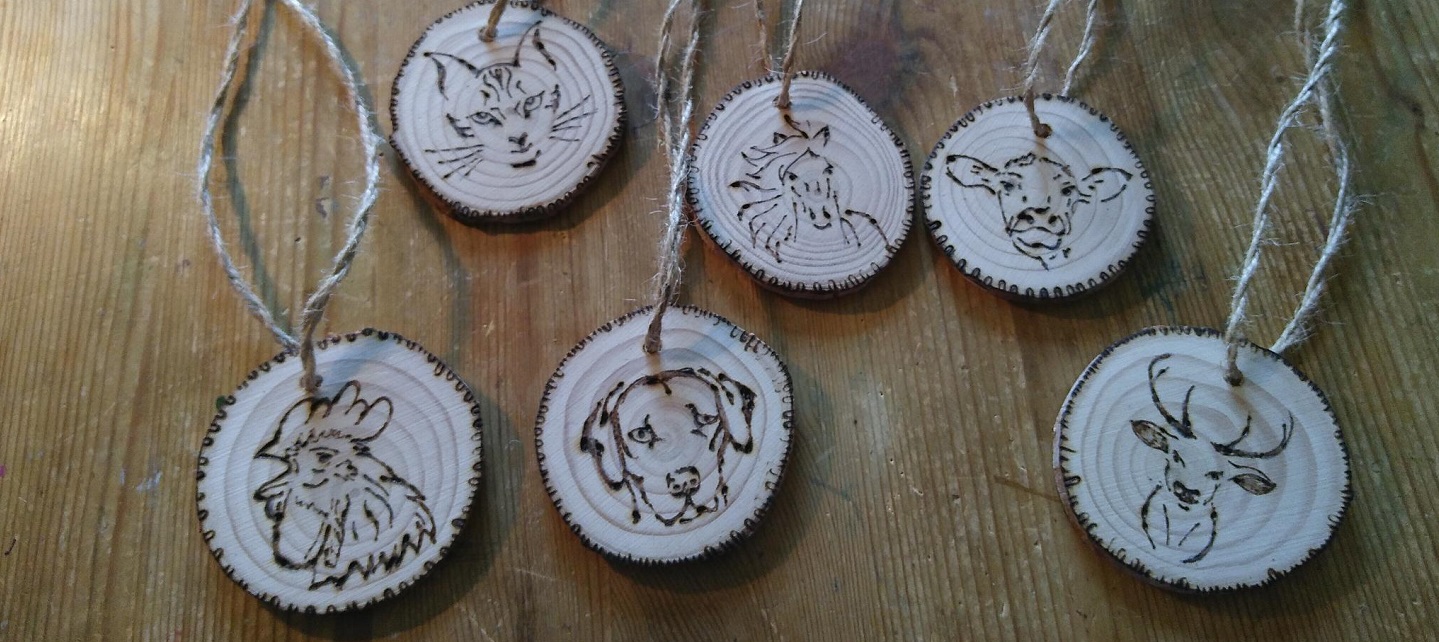Tag: Featured
-

We Were Always Here: Representation, Queer Erasure, and Use of History in Larp
in
How historical larps with traditional design conventions can leave queer players feeling deeply alienated.
-

Documentation of Larp Design
Eight types of design-relevant larp documents with different purposes aimed at distinct audiences.
-

The Use of Music as a Magical Element for the Larp Experience
The experiences and thoughts of the Brazilian group Confraria des Ideias on the use of music as an element in larp design.
-

Magic To Fight Monsters: Larp as a spell for claiming my spaces
A guide to some of the monsters that non-binary adventurers encounter when they larp – and spells for how to deal with them.
-

Dance Macabre Blueprint
Detailed explanation of the design and organization of the Dance Macabre larp, in which pairs of dancers attempt to overcome problems and fears around the subject of love.
-

Le Jean-Michel Douchebag Technique
Le Jean-Michel technique is the ultimate secret weapon to develop the confidence of a mediocre cis man.
-

Larp in Cognitive Behavioral Therapy: Making Larp a Standard Method
in
A prototype of therapeutic larp based on principles of CBT.
-

Summon All the Demons: The Exciting World of Larp Demonology
in
Playing a character can be hard enough on its own without all of the extra baggage of supernatural possession.
-

Finding the Magic in the Mundane
in
Often it isn’t necessarily the big scenes that we carry closest to our hearts after having played a larp, it’s rather the unexpected small moments, the unplanned occurrences, the intimacy. It’s in these mundane moments that the magic happens in a larp.
-

Paranormal Experiences in Larp
in
How to use real-world paranormal techniques and practices in larp, with examples.